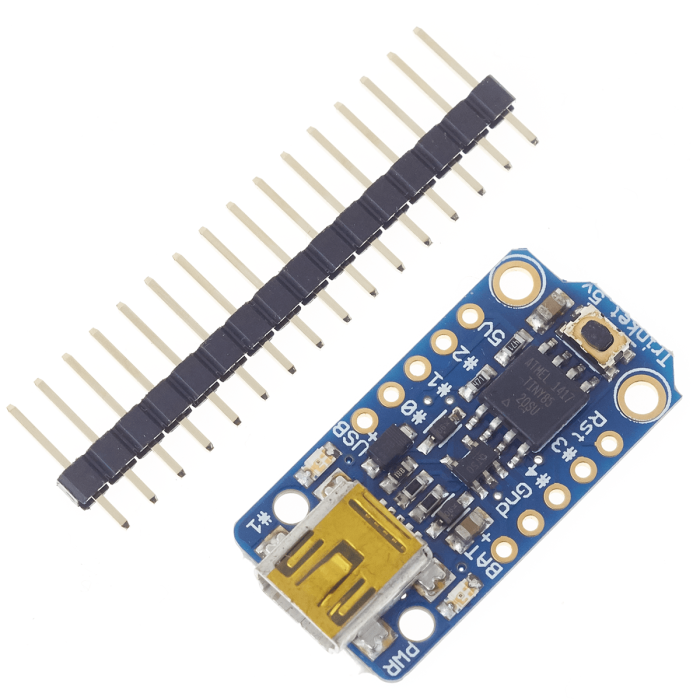
Assemble the servo, bracket, ping, and erector set into a pleasing arrangement. The Processing Sketch which you’ll run from Processing. The Arduino Sketch which you’ll load on your Arduino. USB cable to connect Arduino to your ‘puter. Ping))) Mounting Bracket Kit (includes the servo). Arduino Uno (older models should work fine). Want to make one too? Here’s the steps I went through: The degrees and distance values are passed over the serial port to the PC, where the Processing application turns them into a ‘traditional looking’ (in my head at least) sonar read-out. 
At each degree, the Ping))) sensor returns back a distance reading. The Arduino program sweeps the servo back and forth over a 90deg arc. So the “Ponar” was born: Ping))) + Arduino + Servo + Processing = Ponar. I was looking at my bucket of parts and it dawned on me: I have a servo, I have a Ping))) sensor, a spare Arduino Uno, a bunch of Erector Set parts, and knowledge of Processing programming: I could (should!) make a simple sonar system. Since I’ve never worked with any of these components before (servo’s, ultrasonic sensors, motor-drivers, etc), I want to break down each step so I can really grasp how this stuff works. My thought is to hook an ultrasonic sensor to it, to do some simple obstacle avoidance. While at the last Maker Faire, I picked up a 4wd robot kit. Trinket Comments Off on First steps with the Adafruit Trinket Next up, I really need some batteries to make a standalone project with it… 2014 03 /01 CATEGORY Electronics The above image has two servo’s hooked up to the same pin, so they move the exact same way. However, I was unable to create two separate servo objects: I think I don’t quite grasp the Trinket pinouts. Thanks to the “ Trinket Servo Control” tutorial, and their “ Adafruit SoftServo” library, I was able to make it happen.
Earlier in the day I had done some servo programming on an Arduino, and I wanted to emulate it on the Trinket. I was able to successfully run all their examples from the page “ Programming with Arduino IDE“. And other than a few path differences it worked just fine. So instead I had to use the “Slow Way” example they gave. Since I’m on a Mac, I didn’t have to worry about installing any drivers, but the “Mac Arduino IDE” app download they provided didn’t work. 
 Setup my pre-existing Arduino IDE for use with the Trinket, following these Adafruit docs. Here’s the streamline approach I finally took: There’s all this talk of installing AVRDUDE, etc, but as it turns out it’s really not needed (if using the Arduino IDE).
Setup my pre-existing Arduino IDE for use with the Trinket, following these Adafruit docs. Here’s the streamline approach I finally took: There’s all this talk of installing AVRDUDE, etc, but as it turns out it’s really not needed (if using the Arduino IDE).  Adafruit Learning System: Trinket (many, many Trinket examples)įor all the documentation on the web, I really wasn’t sure where to start. Adafruit Introducing Trinket (main tutorial on getting started). Adafruit Trinket product page (where to buy). End result: Franken-servo! Resource Links:
Adafruit Learning System: Trinket (many, many Trinket examples)įor all the documentation on the web, I really wasn’t sure where to start. Adafruit Introducing Trinket (main tutorial on getting started). Adafruit Trinket product page (where to buy). End result: Franken-servo! Resource Links:








 0 kommentar(er)
0 kommentar(er)
